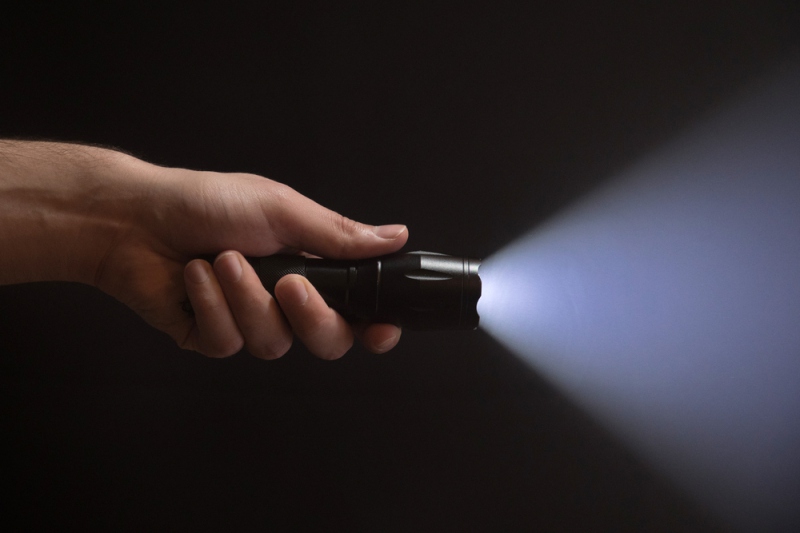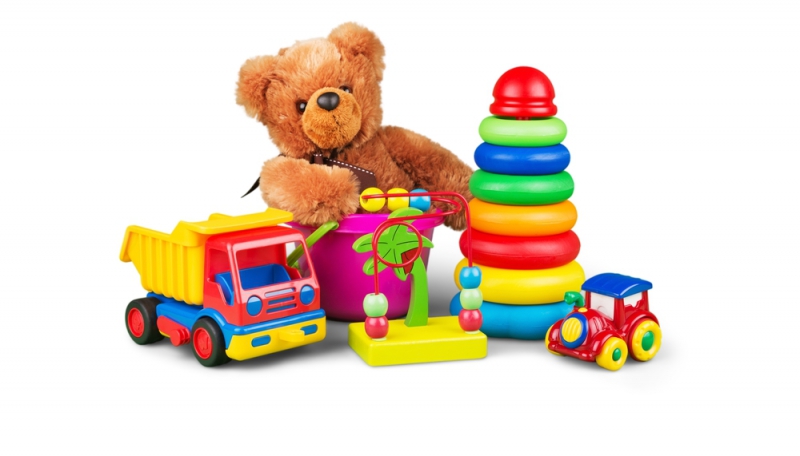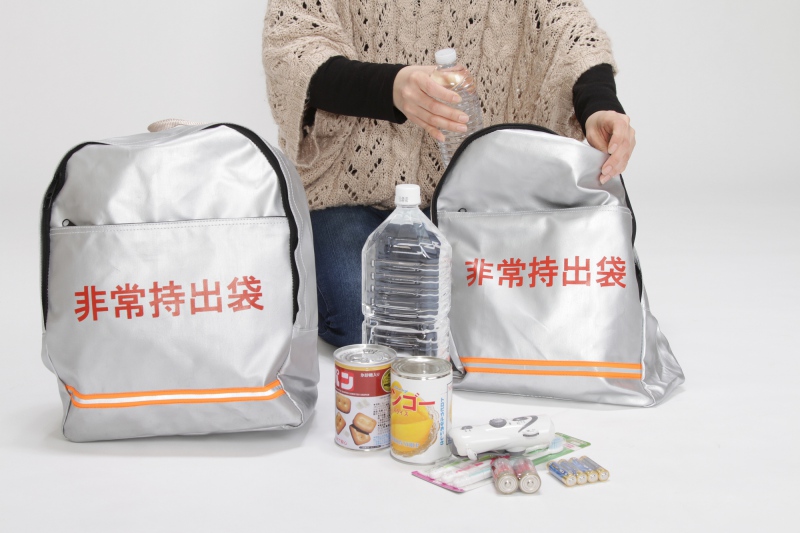You might not know this, but Japan is a nature-disaster capital: the country is frequently buffeted by record typhoons and rains, as well as earthquakes. Those living in Japan do so without any idea when a natural disaster might strike. This article will explain how to prepare an emergency kit so that you can act calmly and decisively the moment one strikes!
September 1st Is Disaster Prevention Day: Get Familiar with the Procedures!

Japan has designated September 1st of every year as Disaster Prevention Day, an occasion for everyone to take a good look at emergency protocol and preparation to keep your life and livelihood safe when catastrophe strikes. This stems from the Great Kanto Earthquake, said to be Japan’s worst-ever earthquake, which struck on September 1, 1923. The calamity, which left over 100,000 dead and missing, impelled the country to take disaster awareness seriously, and this day was established to promote it. The day is part of a longer Disaster Prevention Week, between August 30 and September 5, where a large number of schools, companies, and governments conduct training sessions to prepare for a wide range of possible disasters, including how to use fire extinguishers, how to use AEDs (automated external defibrillators), and how to evacuate.
We advise that you keep these matters in your mind so that when disaster strikes, you can act swiftly and calmly, even in a country you’re not familiar with.
Here Are the Items You Should Keep On Hand
Here is the bare minimum list of items that you should have on hand to be prepared for any natural disaster. If you come from a country far less used to earthquakes, typhoons, or flooding, disaster preparation might seem like an abstract idea, something for someone else to figure out. But in Japan, disaster can strike any day, so there is really no alternative to every single resident being ready and responsible for themselves. The items presented here should be put into a portable pouch, stored in an easily accessible location when at home, and carried around wherever you go.
〇 Mobile Battery and Charging Cable

Smartphones are an indispensable tool for staying safe during a disaster, as they allow you to gather the latest information and contact your loved ones to confirm that everyone is safe. You can use Twitter to send messages, or listen to information on the radio.
〇 Portable Flashlight

A disaster can result in power outages. It’s convenient to keep a flashlight so that you can always see where you’re going and what’s around you. Compact lights are the best, as they are easiest to carry.
〇 Toothbrush

For severe disasters, it may be necessary to live at an evacuation center, so you should keep this ready just in case.
〇 Emergency Medical Supplies

Natural disasters are immensely stressful for the body and mind. To prepare for poor health or injury, make sure to include cold medicine, pain relievers, and bandages.
〇 Masks

Living in an emergency shelter means sharing a crowded space with large numbers of people, so masks are advised to prevent illness from spreading.
〇 Mobile Toilet
Life at an evacuation center means that large numbers of people use the same toilet. It’s best to keep a mobile toilet with you, as you’ll be able to go when you need to and it’s more hygienic.
Some Nice-to-Have Items to Add to Your Emergency Kit
■ For Women
〇 Sanitary Pads

During past emergencies, evacuation centers have run out of feminine hygiene products, so it’s best to have some ready.
〇 Hair Ties / Hair Pins

Of particular use for women with long hair. Life at an evacuation center involves a lot of helping each other out, so you might find yourself moving about a lot, assisting with moving items and preparing food. For these occasions, hair ties or hair pins make sure that your hair doesn’t get in the way.
〇 Makeup / Skincare Items

It’s a good idea to have a very simple makeup kit on hand if you’d like to still do some basic makeup every day. The stress of living in an unfamiliar evacuation center might also result in skin troubles, so basic skincare items are a good way to prepare for that.
〇 Hand Warmers

Women can often be sensitive to the cold. The large spaces of an evacuation center might be poorly heated. Keeping hand warmers with you will make sure you aren’t overly chilly, even if you’re evacuating in wintertime.
■ For Those With Children
〇 Toys

Children will certainly find an evacuation experience more stressful than adults. Bringing familiar toys along would help them find some comfort in a confusing situation.
〇 Retort Baby Food and Snacks

There are only so many things that evacuation centers can offer, so it’s a good idea to have some food on hand that your children are sure to like.
〇 Portable Potties
Few evacuation centers will have toilets specially for children, so it’s best to keep a simple and compact portable potty with you.
Disaster-Prevention Resources for Foreign Residents
In times of disaster, it’s crucial to have a news source reliably providing the latest information. But getting this life-or-death information in Japanese may be a significant hurdle for those who are not yet fluent in the language. Luckily, the Cabinet Office has prepared leaflets in multiple languages for you to use.
These leaflets contain information on apps and websites that will give you useful information during disasters in multiple languages. Download the leaflet in your preferred language, and put it somewhere visible in your home.
■ Helpful Apps and Websites in the Event of a Disaster
English
http://www.bousai.go.jp/kokusai/web/img/02_bousai_guidebook_Web_EN.pdf
Simplified Chinese
http://www.bousai.go.jp/kokusai/web/img/09_bousai_guidebook_Web_ZS.pdf
Traditional Chinese
http://www.bousai.go.jp/kokusai/web/img/09_bousai_guidebook_Web_ZS.pdf
Korean
http://www.bousai.go.jp/kokusai/web/img/11_bousai_guidebook_Web_KR.pdf
Vietnamese
http://www.bousai.go.jp/kokusai/web/img/03_bousai_guidebook_Web_VN.pdf
Thai
http://www.bousai.go.jp/kokusai/web/img/12_bousai_guidebook_Web_TH.pdf
Indonesian
http://www.bousai.go.jp/kokusai/web/img/07_bousai_guidebook_Web_ID.pdf
With that, this guide to preparing for a natural disaster in Japan is over. All the items mentioned in this article can be purchased in drugstores, home improvement stores, or online, so you can easily begin preparing today. You don’t know if you will ever need them, but you should never forget that a natural disaster might be waiting around the corner in Japan.
If you want to give feedback on any of our articles, you have an idea that you’d really like to see come to life, or you just have a question on Japan, hit us up on our Facebook!
The information in this article is accurate at the time of publication.

